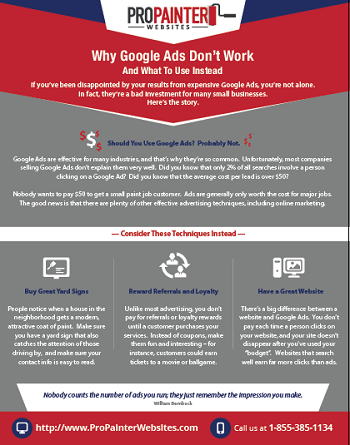Comprehending Seasonal Influences On Commercial Outside Paint: Necessary Understanding For Success
Comprehending Seasonal Influences On Commercial Outside Paint: Necessary Understanding For Success
Blog Article
Short Article Writer-Burnham Chaney
When you're preparing an industrial external paint project, seasonal elements can make or break your outcomes. You'll wish to take into consideration how temperature level and moisture influence paint application and drying out times. Picking the right period can guarantee your paint sticks effectively and lasts longer. But which seasons are absolutely the best for this sort of job? Allow's discover the crucial elements that can impact your task's success.
The Impact of Temperature Level on Paint Application
When you're planning a commercial exterior paint task, the temperature can dramatically influence just how well the paint adheres and dries.
Ideally, you intend to paint when temperatures range in between 50 ° F and 85 ° F. If minneapolis professional painters 's also cold, the paint might not heal effectively, resulting in issues like peeling off or breaking.
On the other hand, if it's also warm, the paint can dry out also swiftly, protecting against appropriate adhesion and leading to an irregular surface.
You should also consider the moment of day; early morning or late afternoon provides cooler temperature levels, which can be more desirable.
Always examine the maker's referrals for the particular paint you're utilizing, as they typically give support on the perfect temperature level array for optimal results.
Moisture and Its Effect on Drying Times
Temperature level isn't the only environmental variable that influences your commercial exterior paint task; humidity plays a significant role too. High humidity levels can slow down drying times considerably, affecting the general high quality of your paint job.
When the air is saturated with dampness, the paint takes longer to treat, which can lead to problems like poor bond and a greater threat of mildew growth. If you're painting on a specifically humid day, be prepared for prolonged wait times between coats.
It's vital to monitor regional weather conditions and strategy accordingly. Preferably, go for humidity degrees in between 40% and 70% for ideal drying out.
Maintaining these factors in mind guarantees your job stays on track and delivers a long lasting coating.
Best Seasons for Commercial Exterior Painting Projects
What's the very best season for your industrial outside paint tasks?
Spring and very early autumn are usually your best bets. During these periods, temperature levels are moderate, and humidity degrees are typically reduced, creating excellent conditions for paint application and drying out.
Avoid https://www.housedigest.com/985664/10-paint-colors-you-shouldnt-use-anywhere-in-your-home/ , which can create paint to completely dry as well swiftly, bring about bad bond and finish. Likewise, wintertime's chilly temperature levels can impede correct drying and treating, risking the durability of your paint work.
Aim for days with temperature levels in between 50 ° F and 85 ° F for optimum results. Bear in mind to check the local weather forecast for rainfall, as wet problems can destroy your task.
Preparation around these variables guarantees your paint task runs smoothly and lasts longer.
Verdict
In conclusion, planning your business exterior paint jobs around seasonal considerations can make a substantial difference in the end result. By organizing job throughout the optimal temperature levels and moisture degrees, you'll make certain better bond and drying times. Bear in mind to keep an eye on regional weather forecasts and pick the correct time of year-- springtime and very early autumn are your best choices. Taking these steps will help you accomplish a durable and professional coating that lasts.
